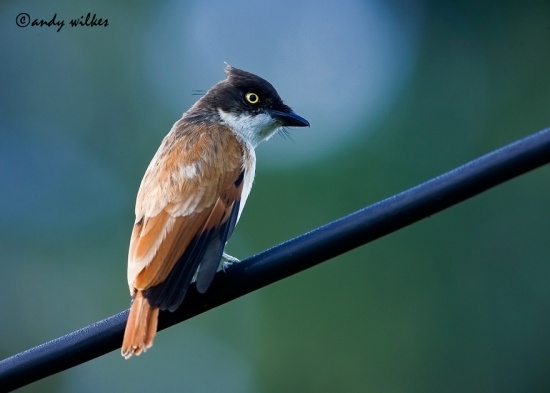
Bias musicus
SUBFAMILY
Platysteirinae
TAXONOMY
Bias musicus Vieillot, 1818.
OTHER COMMON NAMES
English: Black-and-white shrike-flycatcher; French: Gobemouche
chanteur; German: Vangaschnдpper; Spanish: Atrapamoscas
Blanco y negro.
PHYSICAL CHARACTERISTICS
The body length is about 6 in (15 cm). The iris is bright yellow.
Both sexes have a feathered crest on the top of the head.
The male is colored glossy black on the head, back, wings, tail,
and chest, and white on the rump and lower underparts. The
female and immature are mostly brown, with a white throat
and tan-colored chest and belly.
DISTRIBUTION
A widespread, nonmigratory species of central tropical Africa.
HABITAT
Occurs in large openings in lowland, humid, primary and secondary
tropical and montane forest, including agricultural and
village clearings with some tall trees. It occurs as high as about
5,600 ft (1,700 m)
BEHAVIOR
A nonmigratory species that occurs in pairs or as small family
groups. Breeding birds defend a territory. Performs slow-flying,
noisy, aerial displays. The song is a series of two to four varied
notes.
FEEDING ECOLOGY AND DIET
Searches actively or from a perch for insects in the upper part
of the tree canopy. Insects are gleaned from foliage, and are
also caught in flight.
REPRODUCTIVE BIOLOGY
Builds a small cup-shaped nest in a narrow fork of a branch.
Lays two or three, pale blue-green, blotched eggs that are incubated
for 18–19 days. Pairs are monogamous but their immature
progeny help them with their breeding effort.
CONSERVATION STATUS
Not threatened. An endemic species but locally abundant in
parts of its range.
SIGNIFICANCE TO HUMANS
None known, except for the economic benefits of birdwatching.
Photo Gallery of - Black-and-white flycatcher
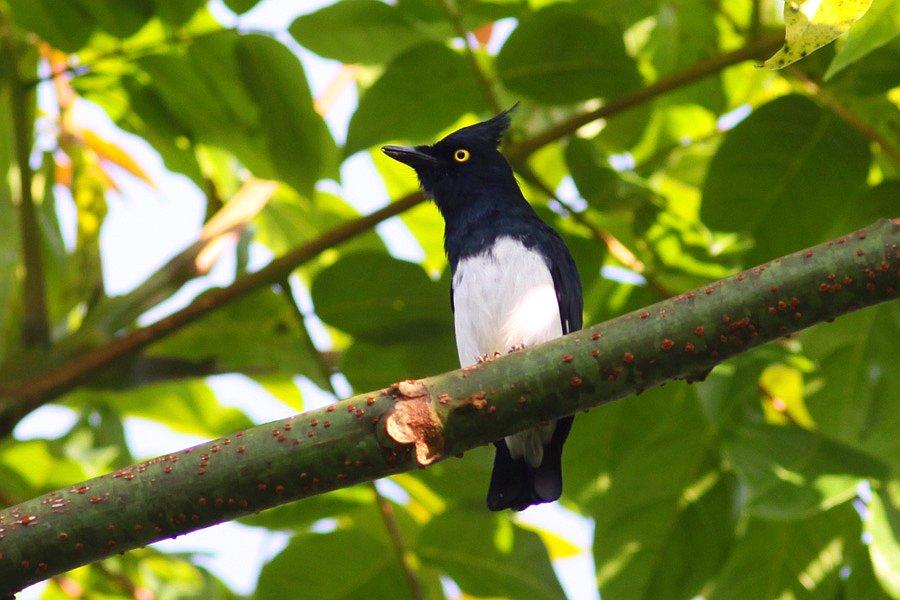
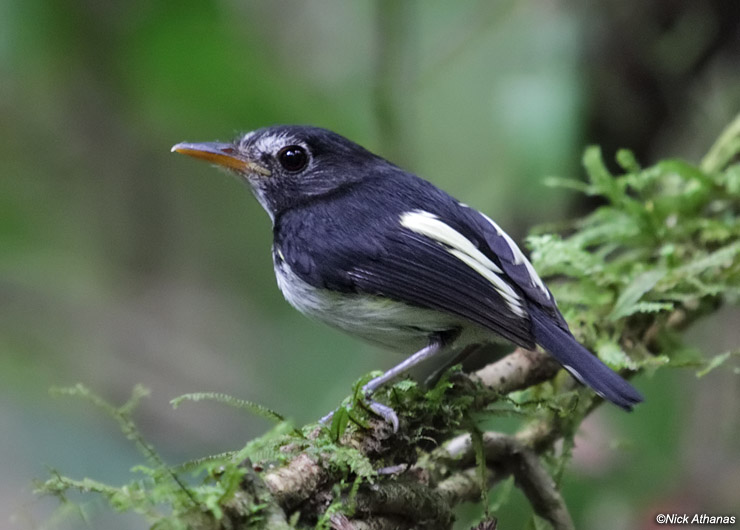
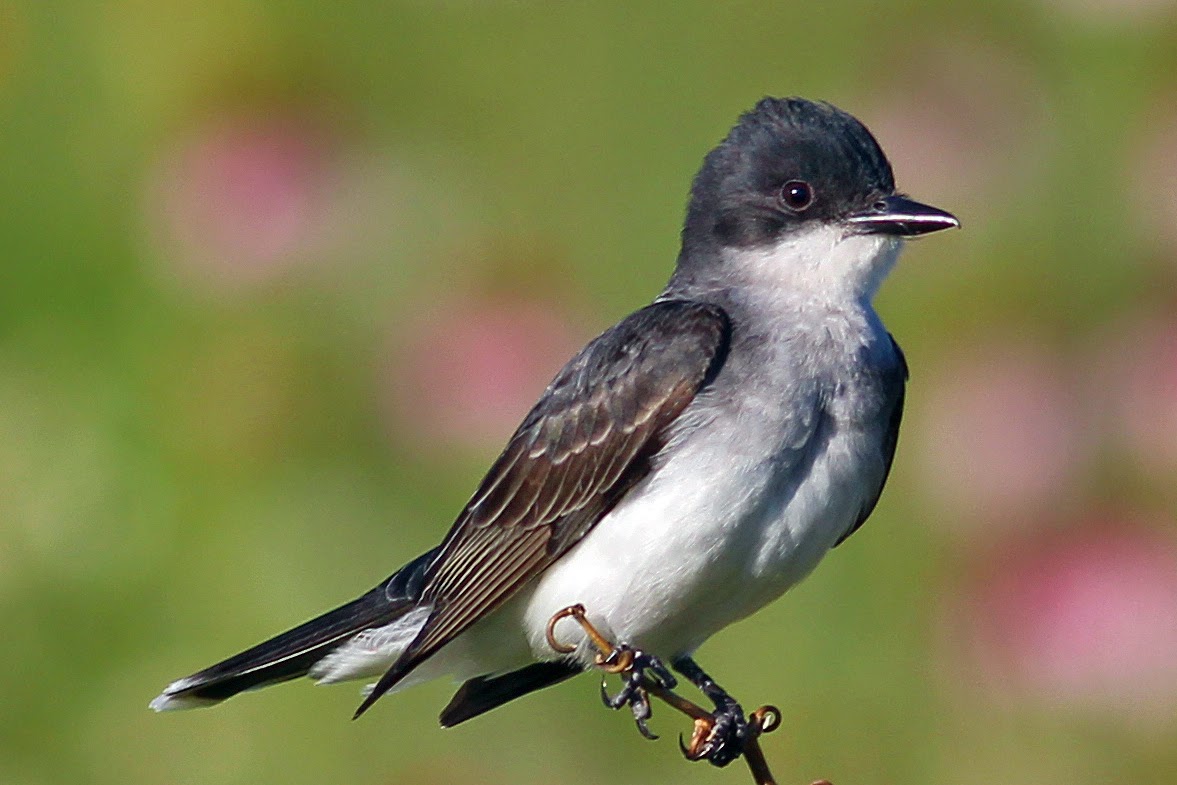
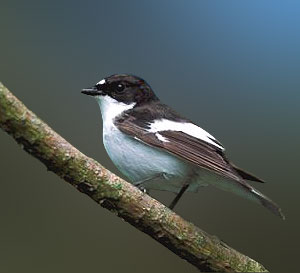
 Animalia Life
Animalia Life